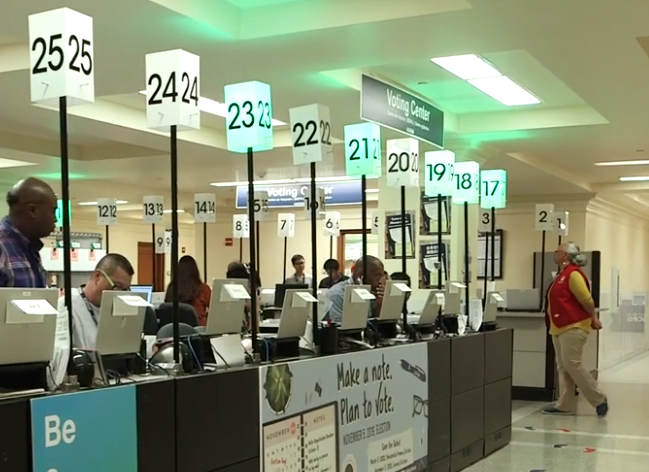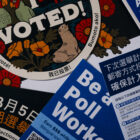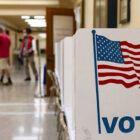The upcoming March 3 vote will be a primary election, the first since 2018 when a new law moved California primaries from June to March. But how San Francisco and California voters should go about casting ballots in the party primary of their choice has been the subject of much discussion and some hand-wringing. The Los Angeles Times weighed in with an editorial titled “Is California’s presidential primary a disaster waiting to happen?” In it, the paper’s editorial board wrote: “Our concern is that potentially millions of voters around the state will wake up on March 3 to realize they are shut out of participating in this important decision.”
Fortunately, reporters and election workers are dedicated to unraveling this potentially confusing system for voters. CalMatters reporter Ben Christopher joined “Civic” to go over his guide to voting for a presidential candidate in the primary, to explain the purpose of crossover ballots and to shed some light on how the delegate system works in the Democratic primary.
“Thirty percent of Californians are NPP voters. They’re not registered with a political party; they’re registered to vote but not with a political party. It’s actually the second largest political classification in California after Democratic.” — Ben Christopher
To get a sense of the local deadlines for changing party affiliation and requesting crossover ballots, “Civic” also spoke with Department of Elections Voter Outreach Manager Michael Choi and Outreach Assistant Manager Evangelina Peña.
The main takeaways: Voters with no stated party preference can get a crossover ballot for the Democratic, Libertarian and American Independent parties. Other parties do not allow voters without a stated party preference to vote in their primaries. No party allows voters registered with another party to vote in its primary. For the parties that allow them, crossover ballots are not counted differently from other ballots.
Voters with no party preference can obtain crossover ballots all the way up to and throughout Election Day, even if they are registered to vote by mail. However, vote-by-mail voters who wait until Election Day to request crossover ballots will have to trade in their mail-in ballots. In order to get their preferred primary ballots in the mail, vote-by-mail voters will need to request them by Feb. 25. Crossover ballots can be requested in person, by email and by phone.
Voters who want to change their party affiliation can also do so through Election Day, but their votes will be provisional if they do so. In order to avoid voting provisionally, voters must register to vote or change their party affiliation by Feb. 18.
However, the Department of Elections recommends voters request their crossover ballots or change their party affiliation as soon as possible to streamline the voting process and minimize confusion.
Find more details and answers to frequently asked questions at sfelections.sfgov.org.

A segment from our radio show, “Civic.” Listen daily at 8 a.m. and 6 p.m. on 102.5 FM in San Francisco.










